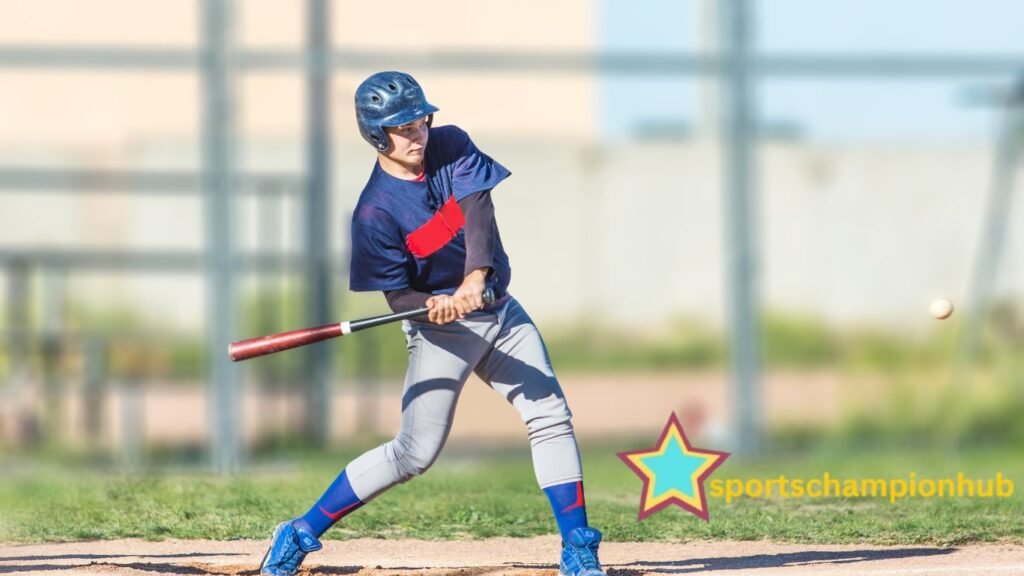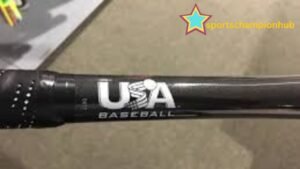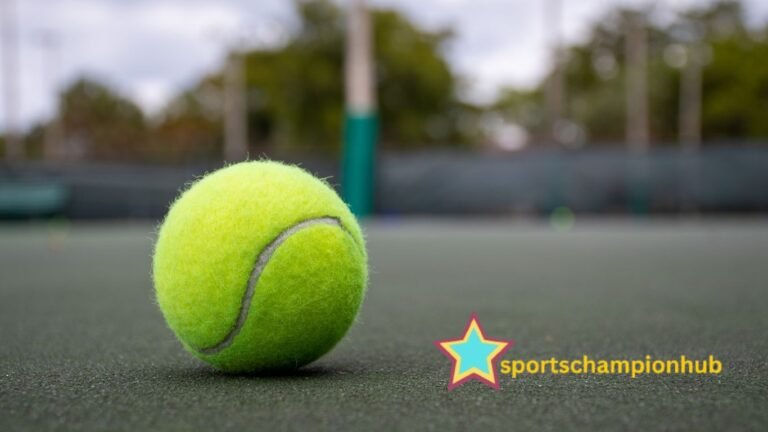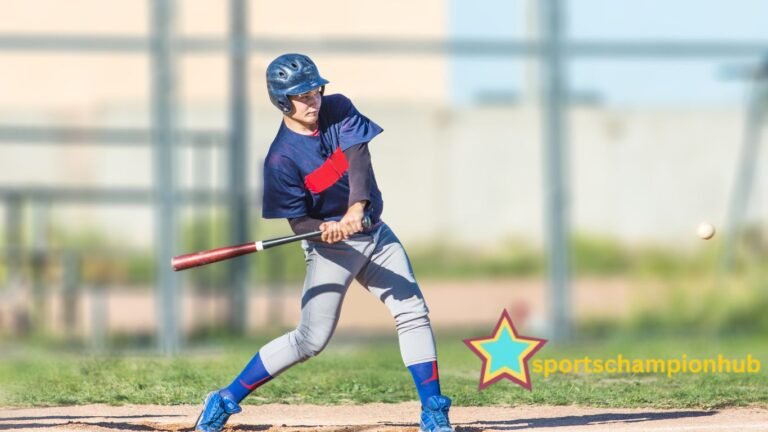
Sports Bat:
When it comes to choosing the right sports bat, the process can seem overwhelming, especially for beginners. With various materials, lengths, weights, and barrel sizes, selecting the perfect bat can significantly impact your performance. Whether you’re playing baseball, softball, or cricket, understanding the different types of bats and their features is crucial for improving your game. In this comprehensive guide.
1. Understanding the Different Types of Sports Bats
There are several types of sports bats available, each tailored for different sports. Here’s a brief rundown of the most typical kinds:
Baseball Bats
There are several materials used to make baseball bats, such as composite, wood, and aluminum. The choice of bat can affect swing speed, power, and control. Aluminum bats are known for their durability and are popular in youth leagues, while wooden bats, typically made from ash, maple, or birch, are used in professional leagues.
Softball Bats
Similar to baseball bats, softball bats are often made of composite or aluminum materials. They are usually longer and lighter, providing more control for hitting slower pitches. Slowpitch and fastpitch softball bats differ in barrel size, weight, and handle thickness to match the style of play.
Cricket Bats
Cricket bats are typically made of willow wood, either English willow or Kashmir willow, and come in varying weights and sizes. The bat’s sweet spot and blade thickness can impact a player’s ability to hit long distances or play technical shots.
2. Choosing the Right Material
The bat material plays a crucial role in how the bat performs. The most common materials and their benefits are broken down here:
Wood Bats
Wood bats, commonly made from maple, ash, or birch, offer a traditional feel and are required in some professional leagues. Maple bats are dense and provide a harder hitting surface, while ash bats are more flexible, offering a greater degree of control. Birch bats blend the characteristics of both, providing hardness and flexibility.
Composite Bats
Made from a mixture of carbon fiber, fiberglass, and resin, composite bats offer a larger sweet spot and better vibration reduction. However, they often require a “break-in” period and may not be as durable as aluminum bats.
Hybrid Bats
These bats combine aluminum and composite materials to give players the best of both worlds. The aluminum barrel provides durability, while the composite handle reduces vibration.
3. Determining the Proper Bat Length
The length of the bat affects your swing mechanics and overall performance. Here’s how to determine the correct length:
Player’s Height and Weight:
Taller players generally use longer bats, while shorter players benefit from shorter bats for better control.
Age and Skill Level:
Younger players may find shorter bats easier to handle, while more experienced players may opt for longer bats to increase their hitting range.
Bat Length Guidelines
Age Group Length (Inches)
5-7 years 24″ – 26″
8-9 years 26″ – 28″
10-11 years 28″ – 30″
12-13 years 30″ – 32″
14 and older 32″ – 34″
It’s crucial to choose a bat that is appropriate for the player’s age and size. Using a bat that is too long or too short can negatively impact performance.
4. The Importance of Bat Weight
The weight of the bat influences the swing speed and power. A lighter bat allows for quicker swings, making it suitable for contact hitters, while a heavier bat generates more power, ideal for power hitters.

Drop Weight Concept
The “drop” is the discrepancy between the bat’s weight and length. For example, a 32-inch bat that weighs 22 ounces has a drop weight of -10. Generally, a higher drop weight (lighter bat) is better for younger players, while a lower drop weight (heavier bat) suits older, stronger players.
5. Understanding Barrel Sizes
The barrel size impacts how the ball makes contact with the bat. Here’s what you need to know:
Small Barrel (2 1/4 inches)
Suitable for younger players.
Helps with control and swinging technique.
Commonly used in youth baseball leagues.
Large Barrel (2 5/8 or 2 3/4 inches)
Increases the sweet spot.
Offers more hitting power.
Recommended for older players in higher leagues.
6. Additional Features to Consider
When selecting the perfect bat, don’t overlook these additional features:
Grip and Handle
The grip material affects comfort and control. Rubber and synthetic grips are popular for their vibration-dampening qualities, while leather grips offer a traditional feel. The handle thickness should also be considered, as thinner handles provide more whip, and thicker handles offer better control.

Bat Taper
The taper is the transition from the handle to the barrel. A larger taper reduces vibration, while a smaller taper allows for a lighter bat feel.
End Cap
The end cap at the top of the bat can affect weight distribution. Lighter end caps allow for faster swing speeds, while heavier end caps provide more power.
7. Testing Your Bat Before Purchase
Before purchasing, it’s essential to test the bat to ensure it feels right. Here’s how to test it effectively:
Swing the Bat:
Make sure it feels comfortable in your hands and that you can swing it smoothly.

Check for Vibration:
Hit a few balls to see if the bat has excessive vibration, which could affect your comfort.
Inspect the Bat’s Balance:
The bat should feel balanced and not too heavy or light on either end.
8. Understanding Bat Certifications and Regulations
Different leagues have specific regulations for bat use. Make sure to check the following certifications:
USA Baseball Stamp
Required for youth baseball leagues that adhere to USA Baseball standards. These bats offer balanced performance for young players.

USSSA BPF 1.15 Stamp
Used in travel ball and club leagues, USSSA bats allow for higher performance levels, providing more pop.
BBCOR Certification
Mandatory for high school and college baseball, BBCOR (Batted Ball Coefficient of Restitution) bats are designed to have a reduced trampoline effect, making them safer for competitive play.






